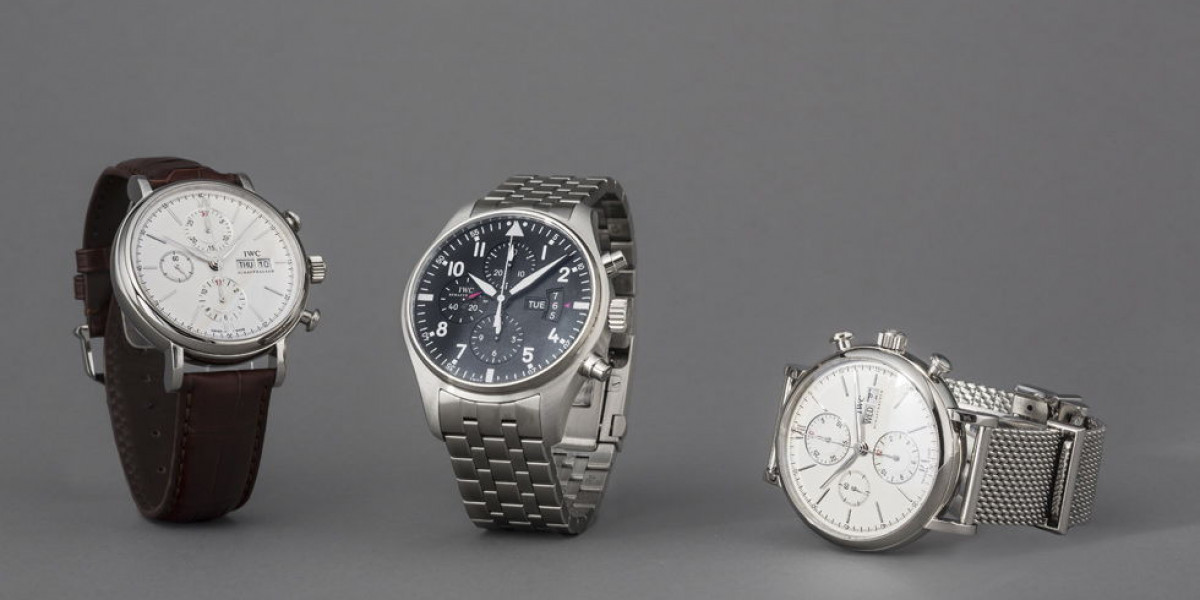The Swiss watch market has long been regarded as the epitome of craftsmanship, precision, and luxury. For centuries, Swiss brands have maintained a dominant position in the global watch industry, consistently evolving and adapting to new market demands. However, like many other industries, the Swiss watch market is undergoing significant shifts driven by technological advancements, changing consumer behaviors, and the rise of new global markets. In this article, we will explore the latest Swiss watch market research, highlighting key trends, insights, and future projections that are helping to shape the direction of this prestigious industry.
1. Key Trends Shaping the Swiss Watch Market
Recent market research reveals several key trends that are influencing the Swiss watch industry. These trends reflect the growing demand for innovation, the integration of technology, and shifting consumer preferences in luxury goods.
a. Rise of Smartwatches and Hybrid Models
One of the most prominent trends in the Swiss watch market is the integration of smart technology into traditional Swiss timepieces. With the proliferation of smartwatches from companies like Apple, Samsung, and Fitbit, traditional Swiss watchmakers have faced pressure to modernize their offerings. Many Swiss brands are responding by releasing hybrid watches, which combine the elegance and craftsmanship of traditional Swiss watches with the functionality of digital features.
These hybrid models often include features such as fitness tracking, heart rate monitoring, and smartphone connectivity while retaining the luxurious look and feel of classic Swiss timepieces. According to recent market research, the popularity of hybrid watches is expected to continue growing as consumers demand both style and functionality in their timepieces.
b. Sustainability and Eco-conscious Consumers
Another key trend emerging from market research is the growing importance of sustainability in the luxury watch market. Consumers, particularly younger generations, are increasingly focused on the environmental impact of the products they purchase. In response, many Swiss watch brands are incorporating eco-friendly practices into their manufacturing processes.
Swiss watchmakers are utilizing recycled materials, such as recycled metals and sustainable leather alternatives, in their timepieces. Additionally, companies are investing in more energy-efficient production methods and exploring ways to reduce carbon emissions in their supply chains. These sustainable practices not only appeal to eco-conscious consumers but also align with the broader global movement towards reducing environmental impact.
c. Pre-owned and Vintage Swiss Watches
The pre-owned luxury watch market has witnessed significant growth in recent years. Research shows that the demand for pre-owned Swiss watches is increasing, driven by collectors and buyers seeking rare, vintage, or limited-edition models. Online platforms and auction houses specializing in pre-owned watches have made it easier for consumers to buy and sell high-quality second-hand timepieces.
Swiss watchmakers are recognizing the value of this segment and are introducing certified pre-owned programs, offering authenticated and refurbished timepieces with warranties. This trend provides consumers with access to rare models while enabling Swiss brands to tap into the secondary market, which is expected to continue expanding in the coming years.
2. Consumer Behavior and Demographics
Understanding consumer behavior is critical for Swiss watchmakers to stay competitive in the evolving market. Recent research highlights several shifts in consumer demographics and preferences that are reshaping the Swiss watch industry.
a. Younger Consumers Embrace Luxury
Traditionally, Swiss watches were favored by older, affluent consumers, but recent market research reveals a shift toward younger buyers. Millennials and Generation Z are becoming increasingly important in the luxury watch market, and Swiss brands are adapting their strategies to appeal to these younger consumers.
Younger buyers are drawn to Swiss watches for their craftsmanship, heritage, and status, but they also prioritize personalization and uniqueness. Brands are responding by offering limited-edition models, customization options, and exclusive releases to attract younger buyers who seek to differentiate themselves through their choice of timepieces.
b. Digital Influence on Purchase Decisions
The digital landscape is playing an increasingly important role in shaping consumer behavior. Online research, social media, and digital influencers are becoming crucial elements in the purchase decision-making process. Swiss watch brands are leveraging digital platforms to engage with consumers, showcase new collections, and build brand loyalty.
Market research shows that a growing number of Swiss watch buyers are using online platforms to research their purchases before making decisions. As a result, Swiss watchmakers are investing heavily in their digital presence, offering virtual showrooms, online customization tools, and e-commerce platforms to make purchasing easier for tech-savvy consumers.
c. Shift Toward Value-driven Purchases
Research also shows that consumers are increasingly prioritizing value in their purchases, particularly in the luxury watch segment. While Swiss watches are still associated with high quality and prestige, there is a growing emphasis on the long-term investment value of a timepiece.
Consumers are seeking watches that offer more than just aesthetic appeal—they want products that are durable, timeless, and have the potential to appreciate in value over time. This shift has led to increased interest in vintage and limited-edition models, as well as watches from Swiss brands known for their history, craftsmanship, and investment potential.
3. Growth Projections for the Swiss Watch Market
The future of the Swiss watch market looks promising, with several growth opportunities expected to drive the industry forward. According to market research, the global Swiss watch market is projected to continue growing, with an expected annual growth rate of around 5-6% over the next several years.
a. Expanding into Emerging Markets
One of the key drivers of growth for Swiss watchmakers is the expansion into emerging markets. As affluence rises in countries like China, India, and parts of Southeast Asia, Swiss watch brands are positioning themselves to cater to the increasing demand for luxury goods in these regions. Market research indicates that these markets will be major contributors to the Swiss watch industry’s growth in the coming years, as younger, wealthy consumers in these regions embrace Swiss craftsmanship and prestige.
b. Innovation and Technological Advancements
Swiss watchmakers are also expected to continue investing in innovation and technology. As smartwatches and hybrid models become more popular, Swiss brands are likely to integrate advanced technology into their timepieces to stay competitive. The introduction of smart features, such as health tracking, GPS, and biometric sensors, will allow Swiss watch brands to appeal to a new generation of consumers seeking both style and functionality in their watches.
c. Luxury Watch Rentals and Subscription Models
Another emerging trend that may shape the Swiss watch market is the growth of luxury watch rentals and subscription services. Research indicates that younger consumers, in particular, are more likely to seek access to luxury items like Swiss watches without making long-term investments. Subscription-based models and rental services allow consumers to wear high-end watches on a temporary basis, which could drive demand for Swiss timepieces in the future.
4. Conclusion
The Swiss watch market is at a pivotal moment in its history, with ongoing research revealing both challenges and opportunities. From technological advancements and shifting consumer demographics to the growing importance of sustainability and the pre-owned market, the Swiss watch industry is adapting to new consumer preferences and emerging global trends. By leveraging these opportunities and continuing to innovate, Swiss watchmakers can maintain their dominant position in the luxury timepiece sector for years to come.
Discover more: https://www.pristinemarketinsights.com/swiss-watch-market-report








